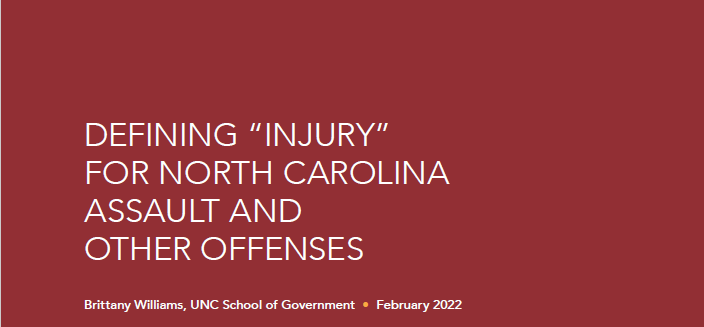The following post is authored by SOG faculty member Kristi Nickodem. A version of this post is also available on the Coates’ Canons and On the Civil Side SOG blogs.
When abuse or neglect leads to the death of a child, concerned citizens, public officials, and members of the media often have questions about the circumstances leading up to the fatality. A North Carolina statute, G.S. 7B-2902, requires any public agency—including law enforcement agencies and departments of social services—to disclose a written summary of particular “findings and information” upon request with respect to child fatalities that meet certain criteria. Within five working days of when a public agency receives such a request, the agency is required to consult with the district attorney who is involved in the case concerning the child’s fatality or near fatality to determine what information may be released. This blog post discusses the responsibilities of public agencies to disclose information under G.S. 7B-2902, circumstances in which information may be withheld from public disclosure, and the role of the district attorney in consulting on what information may be released.
 I am excited to announce the release of a new guide on Defining “Injury” for North Carolina Assault and Other Offenses.
I am excited to announce the release of a new guide on Defining “Injury” for North Carolina Assault and Other Offenses.